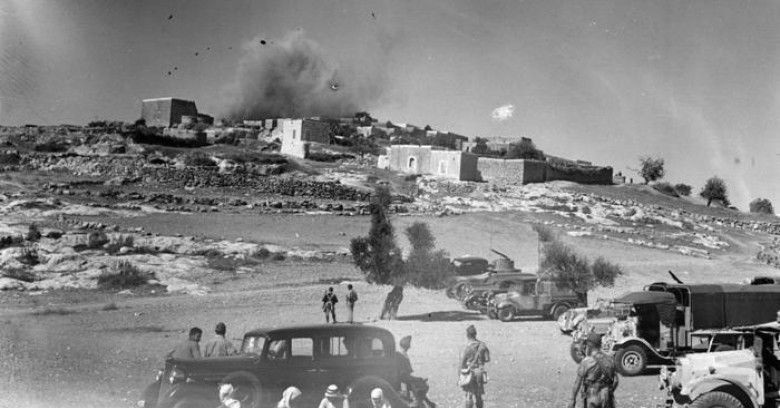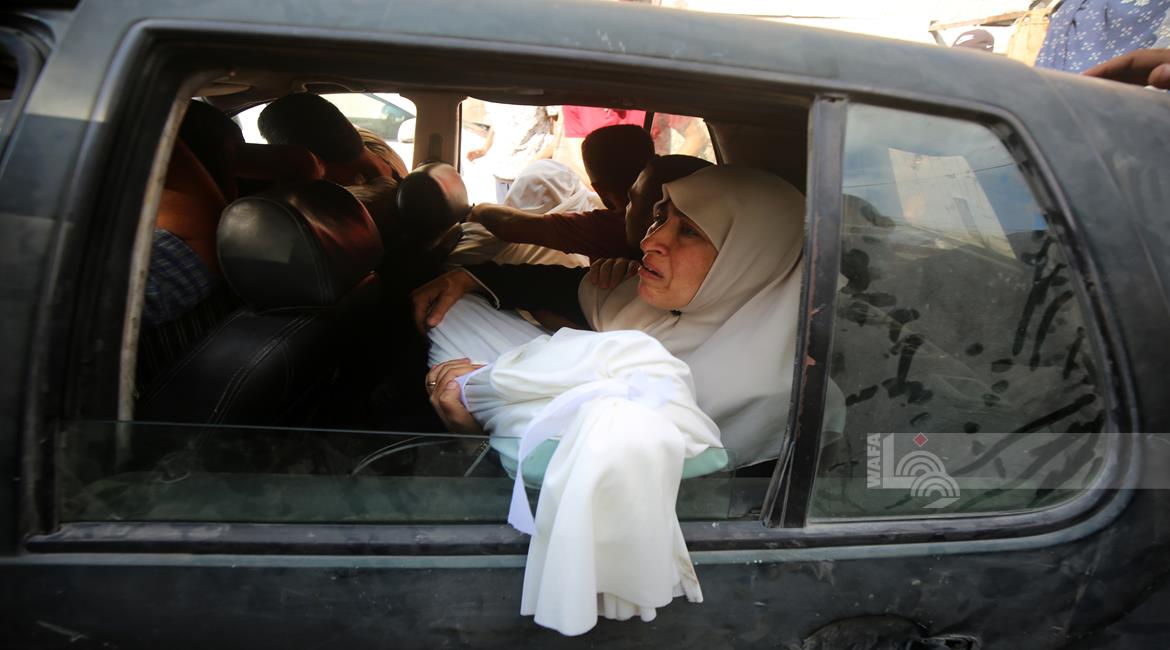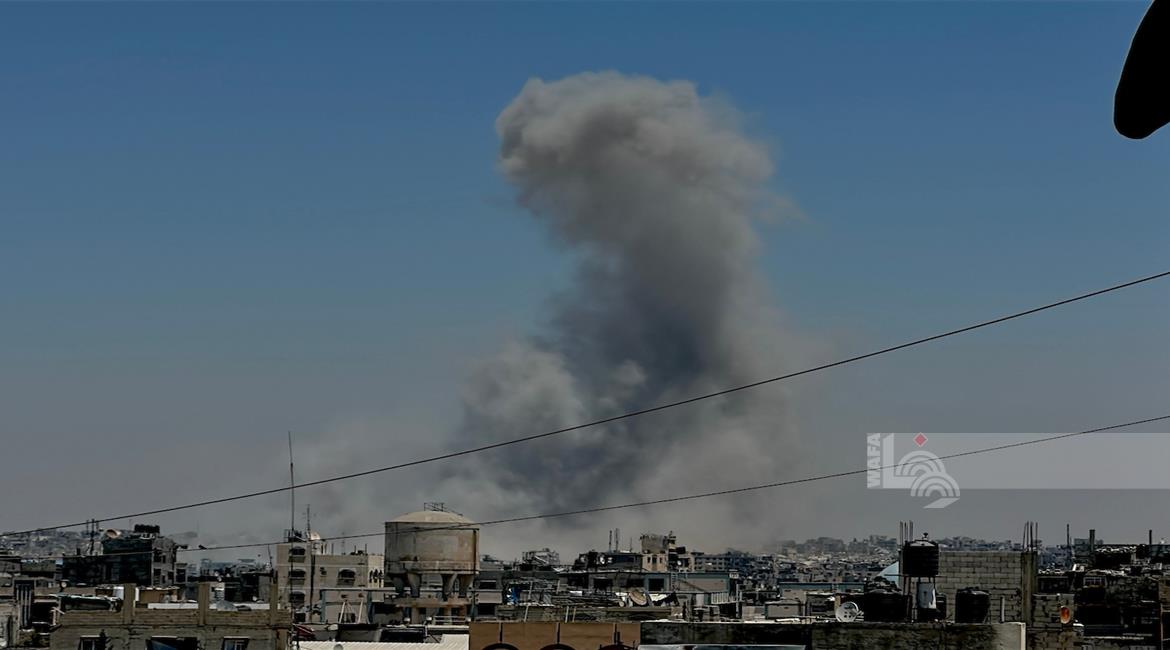JERUSALEM, June 7, 2011 (WAFA) - Israeli forces injured 13 Palestinians in West Bank incidents during the week between May 25 and 31, said the weekly report of the United Nations Office for the Coordination of Humanitarian Affairs to the Occupied Palestinian Territories (OCHA).
Israeli forces injured 13 Palestinians in weekly protests and during search and arrest operations throughout the West Bank, including East Jerusalem, said OCHA.
Thus far in 2011, 699 Palestinians and 47 Israeli soldiers and policemen were injured in conflict related incidents in the West Bank, including East Jerusalem, 6% increase and 44% decline, respectively, compared to the equivalent period of 2010.
Five Palestinians were injured in clashes with Israeli forces during weekly demonstrations that took place against the construction of the Barrier and the expansion of the Israeli settlement of Hallamish, both in the Ramallah area, and against continued settler activities in Iraq Burin, a village south of Nablus.
Around 40 olive trees were burnt by tear gas canisters fired by Israeli forces in the former protest.
The remaining eight Palestinians were injured during Israeli raids on Palestinian communities in Jericho, Nablus, Hebron, Ramallah and in East Jerusalem.
Overall that week, Israeli forces conducted over 100 search and arrest operations throughout the West Bank, including in East Jerusalem, a slight increase compared to the weekly average for such operations since the beginning of 2011.
During the reporting period, OCHA documented six settler attacks that resulted in two Palestinian injuries and damage to Palestinian property.
Since the beginning of the year, three Palestinians, including two children, and six Israeli settlers, including three children, have been killed, and 87 Palestinian and 14 Israeli settlers have been injured in the context of settler related incidents in the West Bank, including East Jerusalem.
In two separate incidents this week, Israeli settlers physically assaulted and injured two elderly shepherds, including a woman, while they were herding their sheep on land near the settlements of Yitzhar, near Nablus, and Susiya, south of Hebron.
Also that week, Israeli settlers reportedly set fire to land belonging to Far’ata, a village in Qalqiliya and Madama, a village south of Nablus, planted with wheat crops, burning six dunums of land and damaging the crops.
In a separate incident, some 1,600 settlers entered Joseph’s Tomb in Nablus. The entry of several hundred of those settlers was coordinated by Israeli forces and the Palestinian Authority, while more than 200 settlers entered without authorization. During the gathering, settlers damaged a number of Palestinian cars. Such visits are taking place on a regular basis and often evolve into clashes between settlers and Palestinian residents, resulting in damage to Palestinian property.
After a three‐week lull, the Israeli authorities demolished 12 Palestinian owned structures in Area C of the West Bank due to a lack of Israeli issued building permits. The structures included four residences, four animal pens, two commercial structures and two cisterns in Al Farisiya, a village east of Tubas, Arab Abu Farda, Jinsafut and Haris, villages in Qalqiliya and Idhna, a village in Hebron.
A total of three families, comprising 33 people, were displaced.
In East Jerusalem, a Palestinian was forced to demolish his ground floor house in the neighborhood of Wadi al Joz, after receiving a demolition order due to a lack of permit. Another Palestinian partially demolished an extension to his house containing three bedrooms in the village of Jabal al-Mukaber, in the same context. Seven people were displaced as a result of both demolitions.
Since the beginning of 2011, 207 Palestinian‐owned structures have been demolished in East Jerusalem and Area C, displacing 433 people. This represents more than double and triple the numbers of demolitions and people displaced, respectively, compared to the equivalent period in 2010.
Restrictive planning and zoning regimes applied by the Israeli authorities in both East Jerusalem and Area C make it virtually impossible for Palestinians to obtain permits for legal construction.
T.R./M.A.











